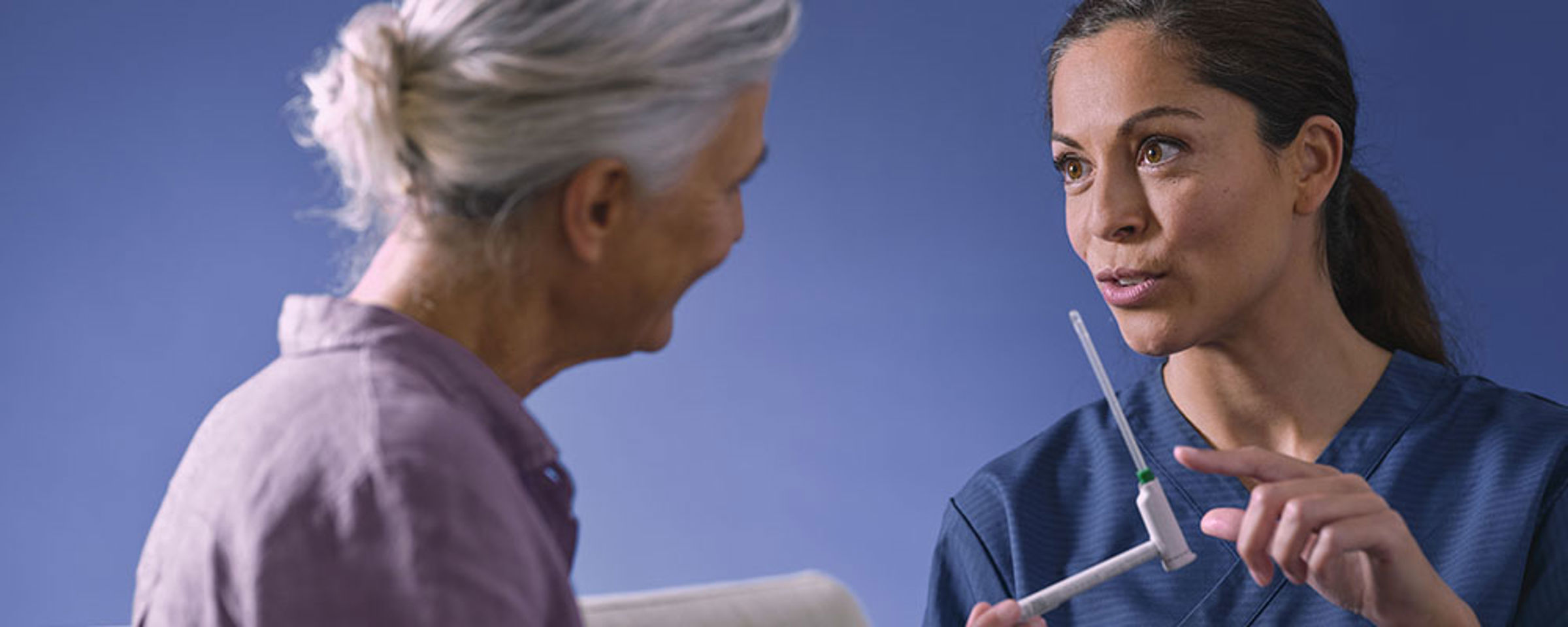
Introduction to Intermittent Catheterization (IC)
Intermittent Catheterization (IC) is the next best way to urinate, the way that mostly mimics the natural way of urinating. In this section, you can watch animations to understand the procedure of IC, download catheterization instructions, and more. If you want to know everything about self-catheterization and how the body works this is where you will find the answers!
Intermittent Catheterization Puts You In Control
Regardless of severity, bladder problems can make it hard to go about our day-to-day lives with confidence. Using disposable intermittent catheters means you’ll be able to empty your bladder at different periods throughout the day - just like natural peeing. That means you’ll be following a normal routine, which is more important than it may sound. With a good single-use catheter, like LoFric, you’ll be able to catheterize quickly and comfortably and with a minimum of fuss. No one has to know besides you.
By catheterizing, you’ll also empty the bladder completely, so there’s little risk of leakage. A lot of people with bladder problems worry about going out in case there are leaks. Self-catheterizing can be part of the solution. Complete emptying is also better for you from a medical perspective.
The fact that you’re relieving the urine increases also the chances for better sexual function. And you’ll be in a better mood for it too. Disposable catheters also mean there is no permanent device to be embarrassed about or that gets in the way.
Better Control Over Your Bladder With Intermittent Catheterization
If you have enough hand control and coordination to handle a catheter, self-catheterization is a safe and convenient way to empty your bladder regardless of your condition. The goal of catheterization is to improve your quality of life by giving you better control of your bladder, while at the same time preventing kidney damage and complications, such as residual urine and urinary tract infections (UTIs).
Intermittent Catheterization Offers Many Advantages:
- It’s easy and safe, and while it may feel a little weird at first, it does not hurt
- It empties the bladder completely, preventing the backflow of urine that could damage the kidneys
- It prevents residual urine, reducing the risk of urinary tract infections
- Because it empties completely, there’s no risk of urine leakage
- You control when and how to empty your bladder
- It could help you get a full night’s sleep
- You get used to it quite easily, so it becomes more like regular urination
- Improved quality of life! You don’t have to worry about embarrassing leaks, or how you’ll manage outside the home.
A Good Start is a Key to Success
A good start to Intermittent Catheterization (IC) is important, both for physical and psychological reasons.
Besides a catheter that is safe, discreet, and easy to handle, good support is extremely valuable.
Each person has their own unique condition and there is not just one answer on how to learn to catheterize. Some of you might experience a feeling of unease when you are about to get started. But don't worry. Most people get over and past that feeling as soon as they have tried it a few times.
-
How to Choose the Right Catheter
When you're new to catheterization, it makes sense to know what makes one catheter more right for you than another. Here we explore how to choose the right catheter for you.

-
Living with Bladder Problems
To live with a condition that requires you to catheterize on a regular basis may feel overwhelming in the beginning. Find comfort in the fact that you are not alone.

-
Common Bladder Problems
Not all urinary issues are the same, and some, like incontinence and urinary tract infections (UTIs), are more common than you may think. But there are many treatment options available.
